This is a guest post written by Can we read? subscriber — and climate professional — Rebecca Herst. Thanks to Rebecca for her resources and recommendations!
Hi all,
I’m a huge “Can We Read?” fan. Thanks to Sarah and her incredible resources, our family’s reading life has been transformed and has brought us all so much joy. I work in climate adaptation, which means my job is to help prepare for the impacts of climate change. In honor of Earth month, I asked Sarah if I could share some resources with the “Can we read?” community related to climate change.
The organization I work for partners closely with the City of Boston to make sure all Boston residents are ready for climate impacts like extreme heat, extreme precipitation, and coastal flooding. I think a lot about how to talk about my work and the climate crisis with my kids, who are 5 and 7. Because it is scary. And sad. And when people are scared and sad, they tend to shut down and stop engaging. Given the assault on the environment we are seeing from the federal government right now, we are going to see many more climate disasters. There are already extremely high levels of climate anxiety in young people, so it is essential we have the tools we need to support our kids. Here are some resources I’ve found helpful.
First things first: Instill a love of nature.
One of the most powerful things we can do to support our kids during this time of ecological crisis is to foster wonder and a love of nature. This is not, to be clear, the same as talking about climate change. In fact, author and environmental educator David Sobel suggests not talking about climate change with young children. His guideline is “no tragedies until 4th grade.” Before then, research links playing in nature as much more impactful for fostering all different kinds of environmental stewardship. Richard Louv also has a lot of resources to explore about children and nature. [Note: Once kids are around 10 years old they can think more rationally about big problems like climate change. When you are ready to start talking about it, the key is to focus on the solutions and stories of resilience. Here are some other links I found helpful in navigating how to talk to my kids about climate change. I find Anya Kamenetz’s substack “The Golden Hour: climate, children, mental health” to be grounding as well.]
In addition to physically being out in nature, there are so many incredible books about the wonder of the natural world. I highly recommend checking out the nominees and winners of the Blueberry Awards from the Evanston Public Library. The EPL started the Blueberry Awards in 2021 with the goal of “inspiring a love of nature without inciting fear.” As you can read in this great article from the American Library Association last year, they are really intentional about which books they are focusing on. Their books must “meet anti-anxiety criteria inspired by the work of Louise Chawla, the environmental psychologist and professor emeritus at the University of Colorado at Boulder.”
Reveling in the beauty of the world is essential and, at the same time, we are all experiencing more intense weather events. In our family, we use books to help us make sense of the world, so I wanted to share some that are specifically focused on storms and rebuilding after disasters. True to the guidelines I mentioned above, these books focus on our internal resilience and the strength of community to make things alright. They don’t talk about climate change, the stories are more localized and connected to a child’s actual experience.
Note: There are, of course, many other children’s books that highlight incredible work people are doing to fight the climate crisis but I wanted to keep a narrow scope for this post.
Books for younger kids:
When the Storm Comes by Linda Ashman, illustrated by Taeeun Yoo (2020)
This sweet book shows a number of different animals (and people!) preparing for storms. Bees hide in their hive, bunnies find a hollow log for shelter, whales dive deep away from land, and people count supplies and bring things in to stay dry. And after the storm? “We clean things up. We sweep and rake. We haul debris. We mix and bake.” The book ends with a community picnic and a sense that things will be alright after a storm.
I Am The Storm by Jane Yolen and Heidi E.Y. Stemple, illustrated by Kristen and Kevin Howdeshell (2020)
This book goes through a number of types of intense weather and showcases how children and their families ride out the various storms. I love the repetition of “When the wind stopped whirling as tornadoes always do…” and “When the forest cooled as wildfires always do,” which reminds us that, yes, these storms may be scary but they will end. This book also shows a lot of community collaboration in rebuilding and cleaning up. It does a nice job of making space for feeling big feelings related to a storm and also underlines “Nature is strong and powerful. But, I am strong and powerful, too.”
Bruce’s Big Storm by Ryan T. Higgins (2019)
For Ryan T. Higgins’ Bruce lovers, this is a simple story that plays on these same resilience themes. There’s a big storm and Bruce’s neighbors come to shelter in his house, despite the fact that he’d much rather be alone. After a big tree falls on his house, his neighbors help him rebuild.
Books for older kids:
The Coquíes Still Sing: A Story of Home, Hope and Rebuilding by Karina Nicole González, illustrated by Krystal Quiles (2022)
This beautiful book was written in the aftermath of Hurricane Maria and is set in Puerto Rico. It’s more graphic/scarier than the others I’ve mentioned so far (the family’s roof gets blown off in the storm) but, as with the others, after the storm the family rebuilds with the help of their neighbors, and by the end, the coquí frogs are singing again and the book ends “The coquíes’ song sounds like home, even though home has forever changed.”
Green City: How One Community Survived a Tornado and Rebuilt for a Sustainable Future by Allan Drummond (2016)
After Greensburg, Kansas was flattened by a tornado in 2007, the community decided to rebuild instead of moving away. I love how this book not only shares a story of community resilience but also goes into some of the green technologies they used to rebuild in a sustainable way. Drummond has a number of books that tell stories about climate solutions for kids. My family particularly likes Pedal Power: How One Community Became the Bicycle Capital of the World.
Letting Swift River Go by Jane Yolen, illustrated by Barbara Cooney (1995)
One of the things that I find most devastating about the long-term impacts of climate change is how many communities will be destroyed. This poignant book tells the story of a little girl whose community was demolished to create a reservoir in the 1930s. While climate change and repeated flooding or wildfires are not the reasons her town is abandoned, this book beautifully captures the sadness of this loss. As families and communities are increasingly making hard decisions about leaving places they love, this book could be a reminder that people have dealt with similar challenges in the past. See also Shaker Lane by Alice and Martin Provensen, another book about a community displaced by a reservoir.
Hurricane by Jason Chin (2025)
This book is going to be released in May of 2025. We love Chin’s books so I’m sure it will be great, but I haven’t read it yet. Kirkus Reviews, in a starred review, says, “Caldecott Medalist Chin braids together three stories: how hurricanes form, how scientists track their potential impact, and how the people of Cape Hatteras, a barrier island off the North Carolina coast, prepare for landfall. . . Deeply empathetic, brilliantly illustrated, and chock-full of information.”
If you have any titles to add to this roundup, please leave a comment.

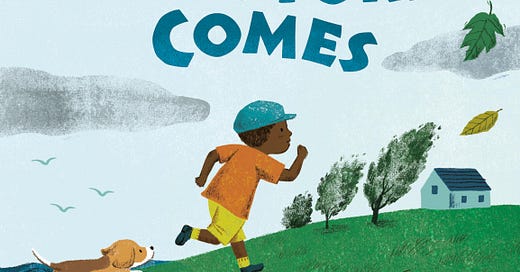



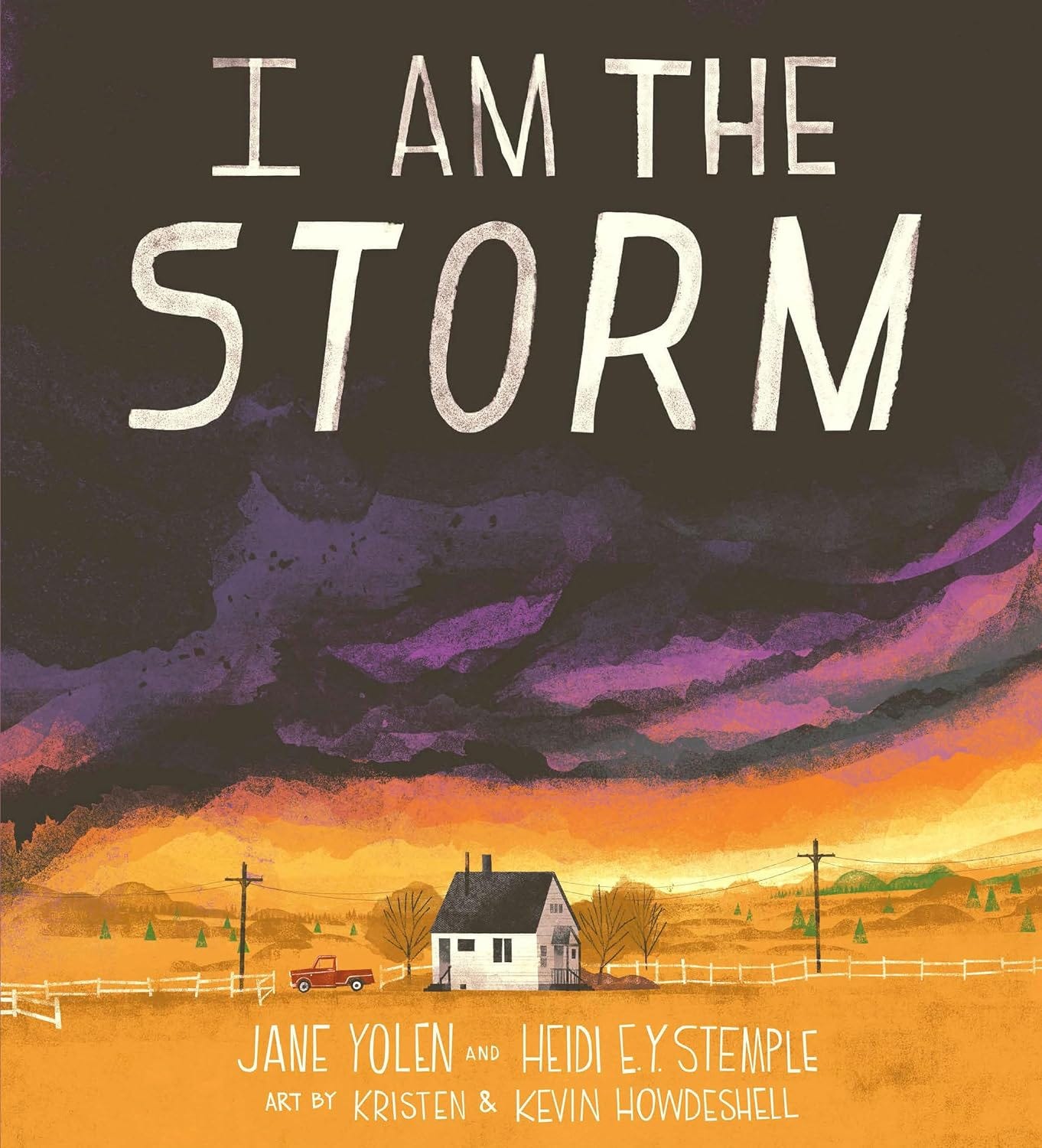
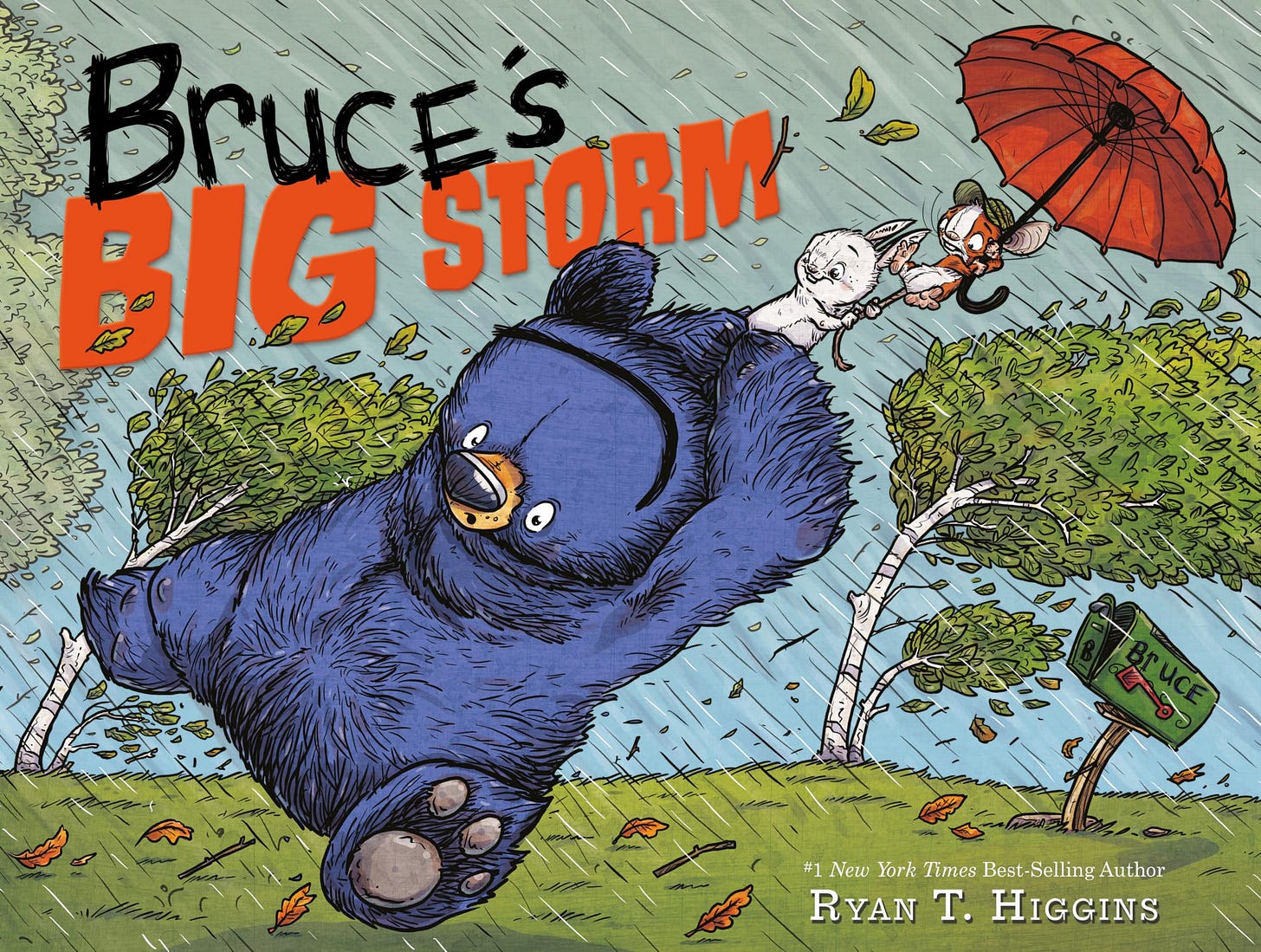
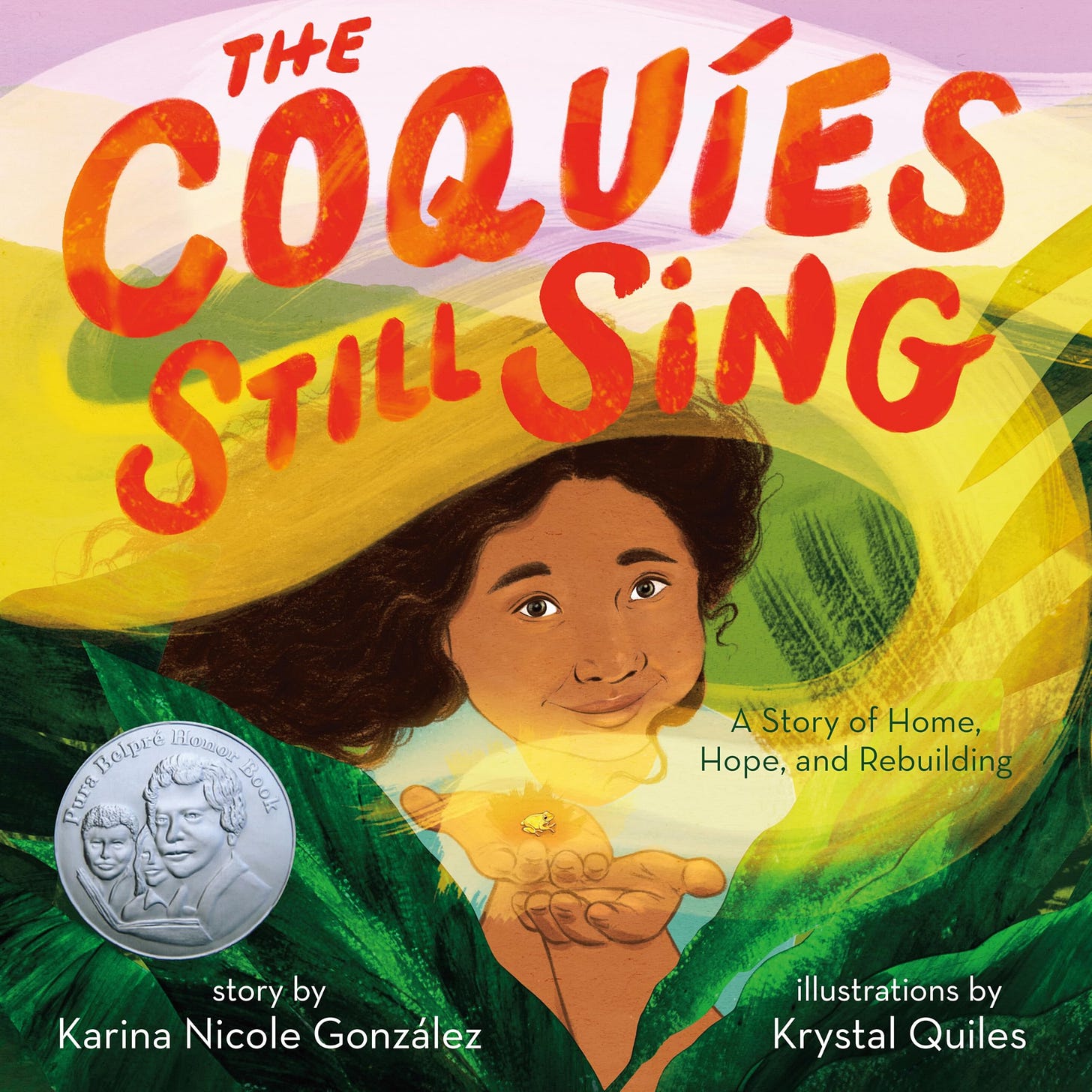
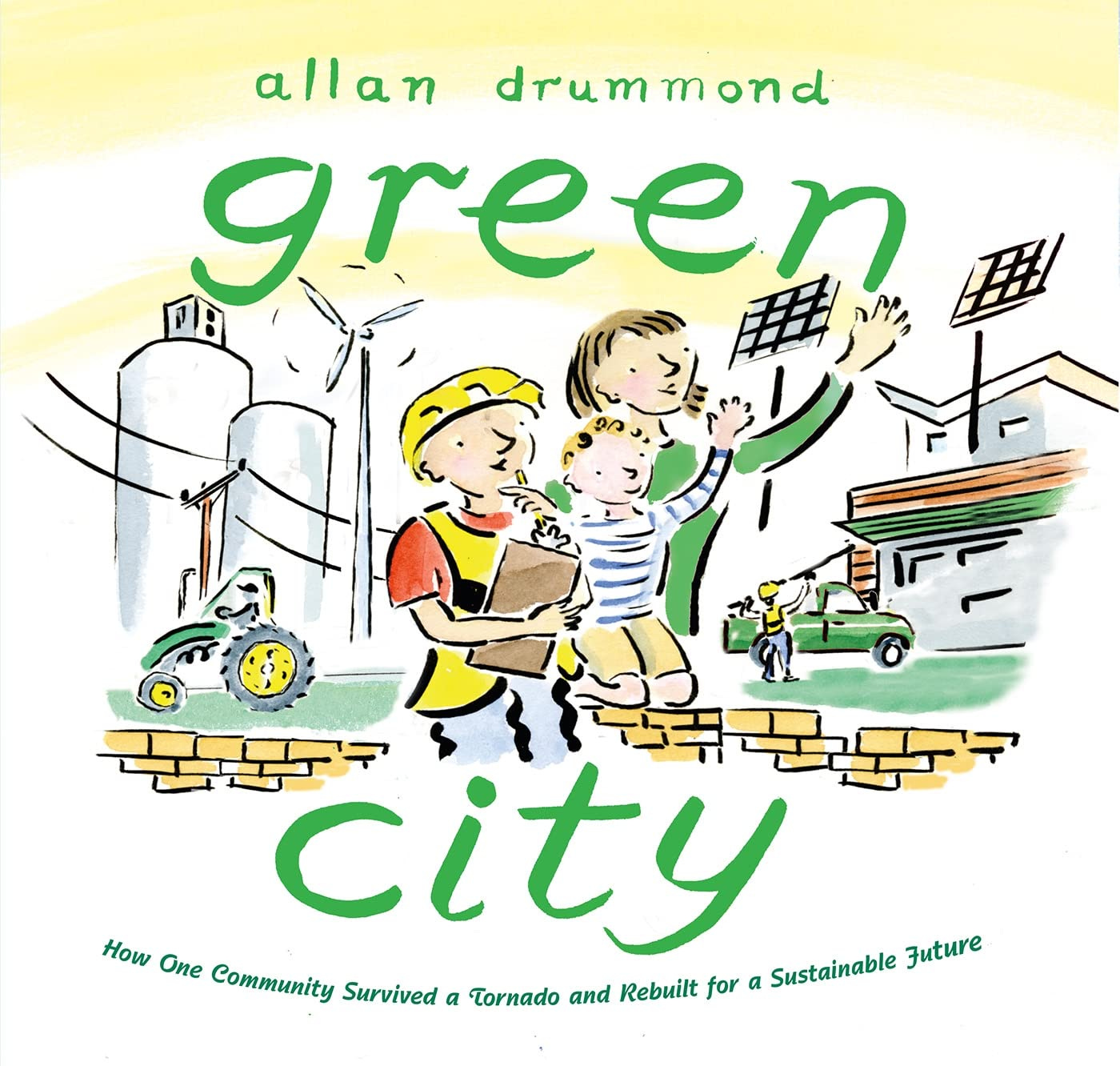
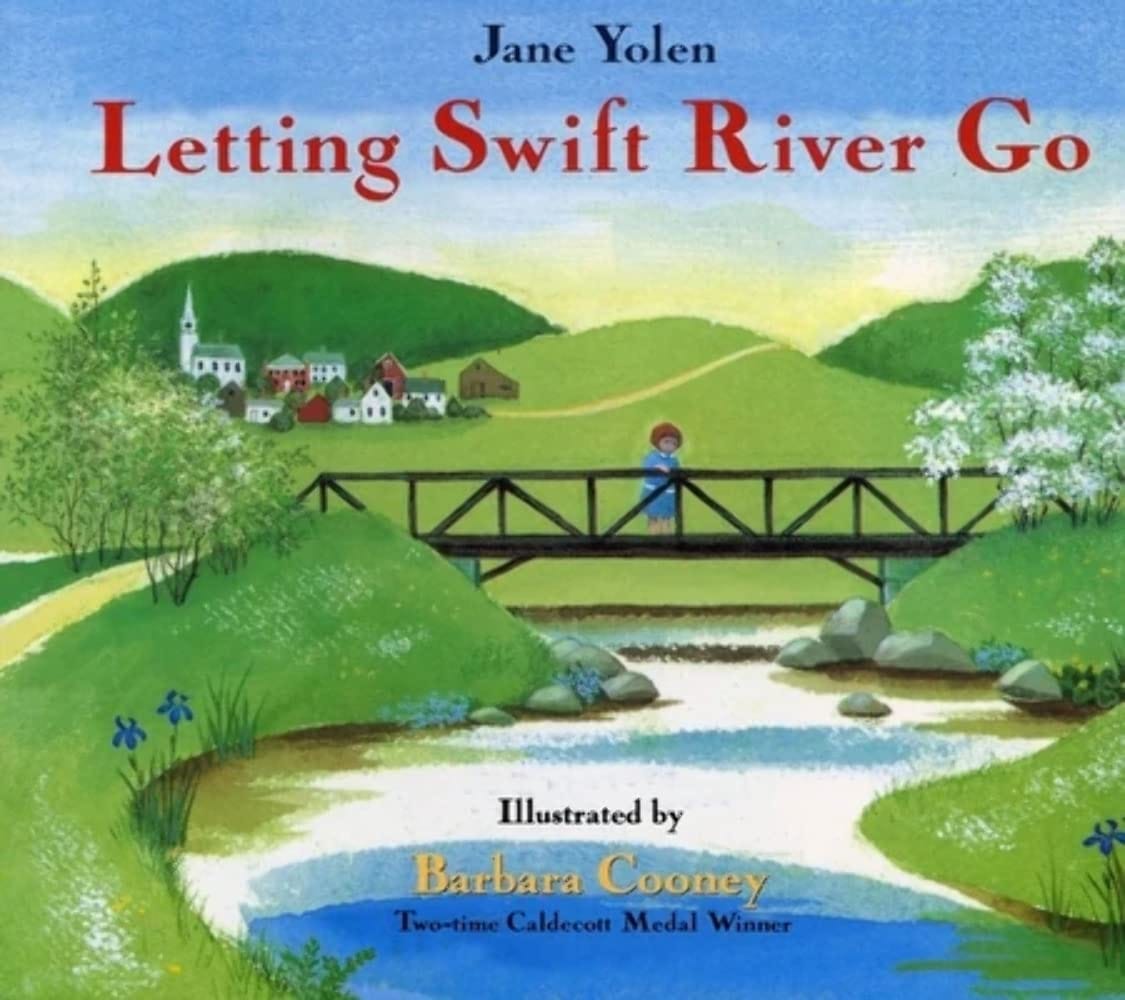

A few from an Australian perspective:
Jackie French is one of Australian's most famous, and most awarded, children's authors and has written a number of books for children on (real life) natural disasters. Fire is about massive bushfires (like the ones that recently hit California); Flood; Drought; Cyclone (about the real life Cyclone Tracy that destroyed the entire city of Darwin); Plague; Earthquake; Pandemic. They don't shy away from the disaster itself but tend to focus on communities coming together in the aftermath.
Walking in Gagudju Country: Exploring the Monsoon Forest by Diane Lucas is pretty much what the cover says. (Gagudju are one of the Aboriginal peoples in the far north of Australia.) A lot of Aboriginal-written stuff tends to have a pretty big focus on nature. Dry to Dry: The Seasons of Kakadu, Seed to Sky: Life in the Daintree, etc.
I feel like we've also gotten a few from the library -- though names escape me and our local library doesn't seem to keep a history of what we check out -- that are somewhat generically about storms being scary but then they pass which are kinda sorta in the same genre of resiliency.